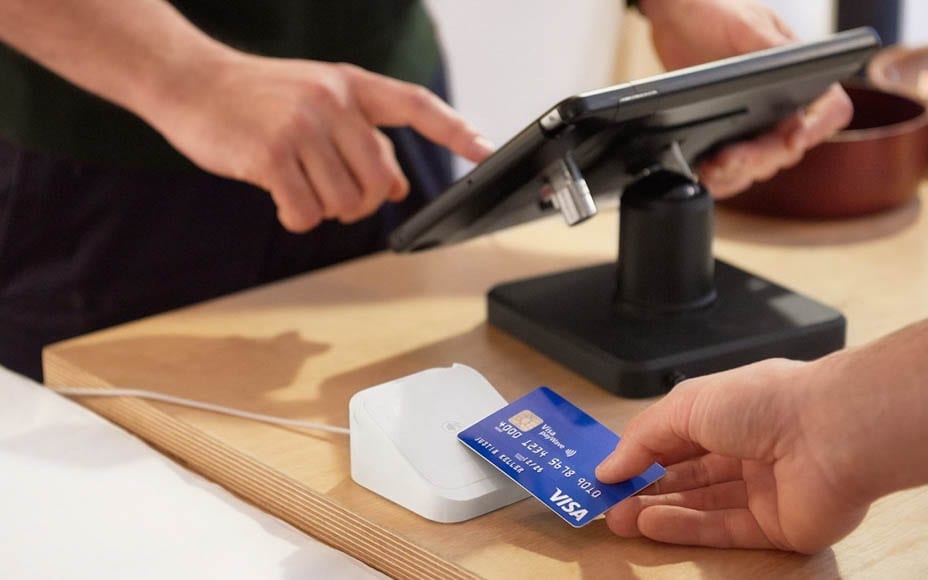Lucy Smith takes a look at developments in point of sale systems
It is human nature to take for granted that which we interact with on an daily basis. After all, when was the last time that we contemplated the technology behind an online transaction? We simply point, click and wait to receive confirmation that the payment was accepted.
It is interesting to note that there is more than, what I call, the “wizard behind the curtain” when speaking of modern point-of-sale (POS) architecture. Not only are these applications intended to keep your transactions secure at all times, but they are now associated with some very real sci-fi gadgetry.
You may recall the heady digital days of the Internet associated with the late 1990s: Dial-up tones, incredibly long loading times and bare-bones checkout platforms were commonplace. If we fast-forward twenty years later, times have indeed change: Modern point-of-sale systems have taken on what can only be called a slightly human touch. They are incredibly flexible and even friendly at times. Some of their most interesting features include:
- The ability to remember your previous purchases.
- The acceptance of dozens of different payment methods.
- Live chatbot help in the event of an issue or a problem.
- Advanced forms of security such as 256-bit AES encryption.
There are two intentions behind the advancements mentioned directly above. First, they are meant to instil a sense of confidence; encouraging the customer to make additional purchases in the future. They are also intended to exhibit the branding of businesses and offer a notion of seamless uniformity.
We are now beginning to witness the emergence of point-of-sale templates that can be fully moulded around the needs of the business in question. Cloud-based providers such as Shopify have embedded a host of unique and user-friendly tools into these platforms. Multi-channel marketing, malleable templates, plug-and-play hardware, precise inventory management, and support for advanced checkout procedures are only a handful of examples.
The real advancements are now involving the incorporation of artificial intelligence (AI) into this very same hardware. What does this signify for the end user? First and foremost, you can expect an even faster and more intuitive checkout process than in the past. The chances are also high that you will be interacting with a “bot” as opposed to human if the problem arises. This does not signal that real-life representatives will be taken out of the loop. On the contrary, your query can be directed towards the appropriate source within seconds.
The next time you make an online purchase or provide your credit card details to a virtual retailer, keep in mind the complexities of the technology mentioned above. It is amazing to witness just how far it has come in only two decades.
Lucy Smith is based in Spain and is widely considered an expert in online marketing.
Facebook: @TheSteepleTimes
Instagram: @TheSteepleTimes
Twitter: @SteepleTimes
